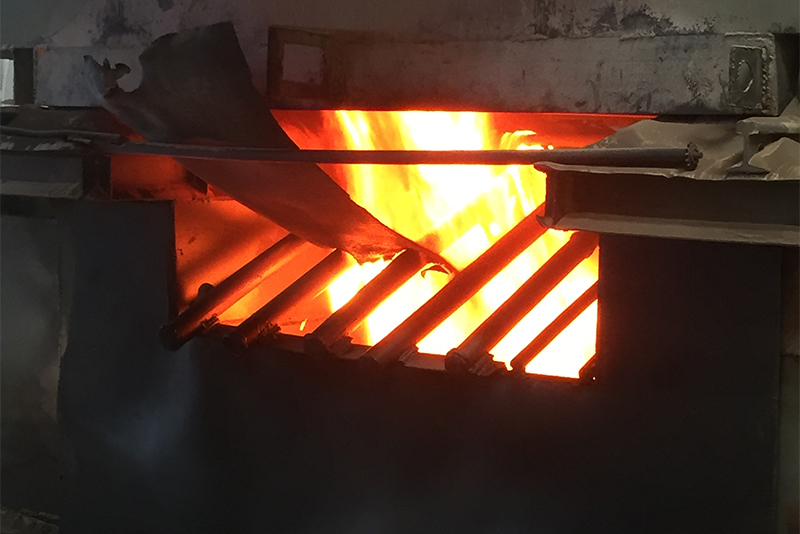The Benefits of Sand Casting
Sand casting, one of the oldest and most versatile metal casting processes, has become increasingly popular in modern manufacturing due to its numerous benefits. This method involves creating a mold from sand and then pouring molten metal into the mold to produce intricate and complex parts. This article explores the various advantages of sand casting that make it a favored choice for many industries.
Cost-Effectiveness
One of the primary advantages of sand casting is its cost-effectiveness. The materials required for sand casting, primarily sand, clay, and water, are relatively inexpensive compared to other casting methods. Additionally, the process allows for the recycling of sand, making it an environmentally friendly choice. This low initial investment makes sand casting an attractive option for small to medium-sized manufacturing operations.
Flexibility and Versatility
Sand casting can accommodate a wide variety of metal types, including aluminum, bronze, iron, and magnesium. This versatility makes it suitable for producing a broad range of products, from automotive parts to artistic sculptures. The process can be adjusted to create molds of different sizes and complexities, enabling manufacturers to cater to a diverse array of projects. This flexibility is crucial in industries where customization is key.
Complex Geometries and Large Parts
One of the standout benefits of sand casting is its ability to produce complex geometries that would be difficult or impossible to achieve with other methods. The sand mold can be shaped to intricate designs, allowing for detailed features without compromising the structural integrity of the final product. Furthermore, sand casting is ideal for creating larger components, as the size of the molds can be easily scaled up without significantly increasing production costs.
Excellent Dimensional Accuracy
sand casting benefits

Although sand casting is often perceived as a less precise method compared to modern techniques like die casting, it can still achieve excellent dimensional accuracy when done correctly. Through careful mold design and process control, manufacturers can produce parts that closely match the desired specifications. This accuracy reduces the need for extensive machining and finishing processes, thus saving time and costs in production.
Shorter Lead Times
Lead time is a critical factor in manufacturing, and sand casting can offer significant advantages in this area. The setup for sand casting is generally faster than that of other methods, such as investment casting or die casting. This efficiency allows manufacturers to respond swiftly to market demands and reduces the time from design to production. As a result, companies can maintain a competitive edge in fast-paced industries.
Environmental Considerations
The sand casting process is relatively environmentally friendly compared to other metal casting techniques. The primary raw material, sand, is abundant and easily accessible. Moreover, the ability to recycle sand reduces waste and minimizes environmental impact. Modern sand casting processes are also increasingly adopting sustainable practices, such as using water-based binders instead of chemical resins, further enhancing their ecological credentials.
Skilled Workforce Availability
Another significant benefit of sand casting is the availability of a skilled workforce. The fundamentals of sand casting are relatively easy to learn, and many technicians and engineers possess the necessary skills for this type of work. This accessibility helps to ensure that manufacturers can find qualified personnel, which can enhance production efficiency and reduce training times.
Conclusion
In conclusion, sand casting offers a plethora of benefits that make it an essential process in various manufacturing industries. Its cost-effectiveness, versatility, ability to create complex geometries, excellent dimensional accuracy, shorter lead times, minimal environmental impact, and the availability of a skilled workforce all contribute to its enduring popularity. As technology continues to evolve, it is likely that sand casting will remain a vital part of the manufacturing landscape, adapting and thriving in an ever-changing market.
Post time:11-р сар . 04, 2024 10:50
Next:Exploring the Benefits of Coated Sand in Construction and Industrial Applications
